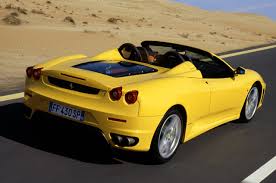
Diesel-engined cars have long been popular in Europe with the first models being introduced as early as 1922 [15] by Peugeot and the first production car, Mercedes-Benz 260 D in 1936 by Mercedes-Benz. The main benefit of diesel engines is a 50% fuel burn efficiency compared with 27%[16] in the best gasoline engines. A down-side of the Diesel engine is that better filters are required to reduce the presence in the exhaust gases of fine soot particulates called diesel particulate matter. Manufacturers are now starting to fit[when?] diesel particulate filters to remove the soot. Many diesel-powered cars can run with little or no modifications on 100% biodiesel and combinations of other organic oil

1 comments:
DPF additives
The most common type of DPF features an integrated oxidising catalytic converter and is located very close to the engine where exhaust gases will still be relatively hot so that passive regeneration is possible.
There's not always space close to the engine though so some manufacturers use a different type of DPF cummins which relies on a fuel additive to lower the ignition temperature of the soot particles so that the DPF can be located further from the engine.
The additive is stored in a separate tank and is automatically mixed with the fuel whenever you fill up. Tiny quantities are required though so a litre of additive should treat around 2,800 litres of fuel, enough to cover 25,000 miles at 40mpg.
With this type of DPF regeneration will be initiated by the ECU every 300 miles or so depending on vehicle use and will take 5 to 10 minutes to complete.Remove DPF. You shouldn't notice anything other than perhaps a puff of white smoke from the exhaust when the process is completed.
Post a Comment